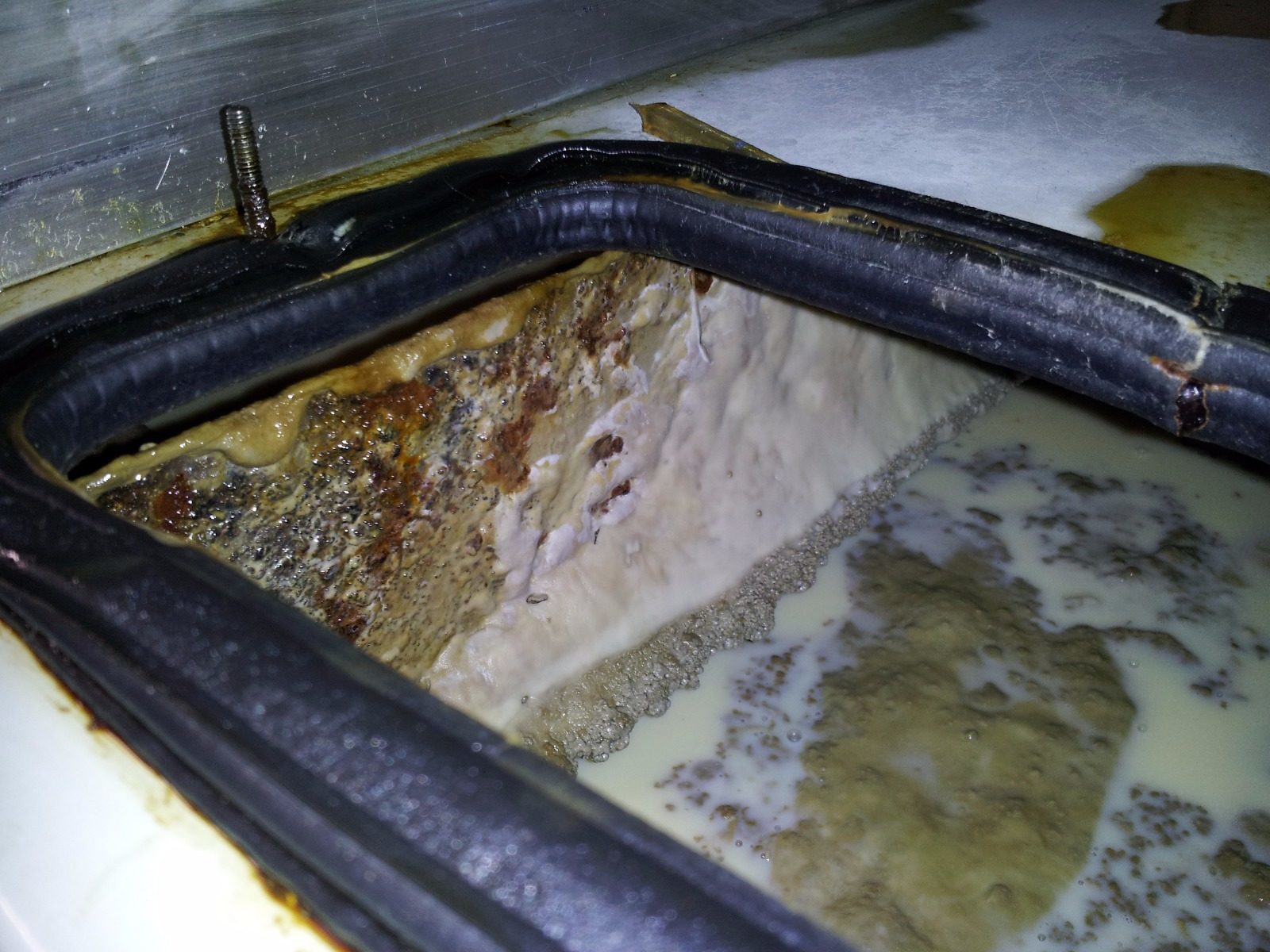What's That Smell? Microbiological Growth in Metalworking Fluids
by Neil Hasson, BS, MBA, MA, CLS
If you’ve worked in a machine shop or metalworking facility for any length of time, you have no doubt encountered a variety of unpleasant odors. Perhaps you’ve noticed that “rotten egg” or “Monday morning” smell (bacteria) when metalworking coolants are allowed to “rest” over the weekend, usually under a blanket of surface tramp oil. Or maybe your shop smells like a locker room or the clothes hamper where you put your sweaty workout clothes (fungus). In either case, your nose is alerting you to the serious problem of microbiological growth in your water-based metalworking fluids.
Bacteria and Fungus grow in coolant sumps, producing foul odors and biomass that can clog filters and screens. Unchecked microbial growth can destabilize the coolant and create a variety of serious manufacturing issues. I have seen fungus get so bad that biomass “stalactites” form on reservoir covers and a nasty slime coats every filter and screen. Cleaning such a system is time-consuming, unpleasant labor. Some of you know exactly what I mean! In other cases, sulfur odors from unchecked bacterial growth have gotten so bad that plant and office personnel have refused to work. Obviously, when things get to this point, there will be considerable expense and inconvenience to remedy the situation.
Machine tool operators too often blame the coolant. Change to a different brand and the problem will go away, right? Perhaps, not. While you get what you pay for (and some coolants are definitely superior to others), even the best coolants will eventually succumb to microbiological attack if they are not properly maintained.
Good coolant maintenance begins with consistent concentration control. Most coolants are formulated to produce an alkaline, high-pH environment that inhibits microbiological growth. Some contain biocides designed to kill micro-organisms. Neither of these fluid defenses will function effectively if the additive ingredients are not present in the proper proportions. Failure to check and adjust coolant concentration at least daily is one sure way to start growing “bugs.” Ensure optical refractometers are available for operator use and keep accurate records of concentration levels and concentrate additions. Check the fluid pH with test strips on a weekly basis. For most coolants, pH values below 8.5 indicate developing microbiological issues.
 The next step is to use a good sump cleaner to flush the reservoir during changeouts. This will ensure that any remaining bacteria, biomass, and tramp oil are properly dealt with before the new coolant is installed. During service outages, inspect the reservoir and conveyor channels for the presence of biomass. In the worst cases, these may have to be physically removed.
The next step is to use a good sump cleaner to flush the reservoir during changeouts. This will ensure that any remaining bacteria, biomass, and tramp oil are properly dealt with before the new coolant is installed. During service outages, inspect the reservoir and conveyor channels for the presence of biomass. In the worst cases, these may have to be physically removed.
Finally, remove likely nutritional sources that promote biological growth. Machine oils and hydraulic fluids that leak into the metalworking coolant provide excellent food sources for bacteria. If you want to “starve” the “bugs,” use a high-quality coolant that separates readily from tramp oil. Make sure equipment is in place to remove accumulated oils. The most common devices are skimmers and coalescing filters designed for continuous service. Do not allow a blanket of surface tramp oil to cover the coolant during idle periods. This blocks the availability of oxygen and stimulates the growth of anaerobic bacteria. Circulate the fluid periodically or “bubble” air into the coolant when machines are idle.
These routine measures will prevent microbial issues in nearly all machining facilities. Where more serious problems persist, have your fluid supplier conduct laboratory testing. Consider these unpleasant odors as a warning sign of trouble ahead and take corrective action early. Your nose will thank you for it.
